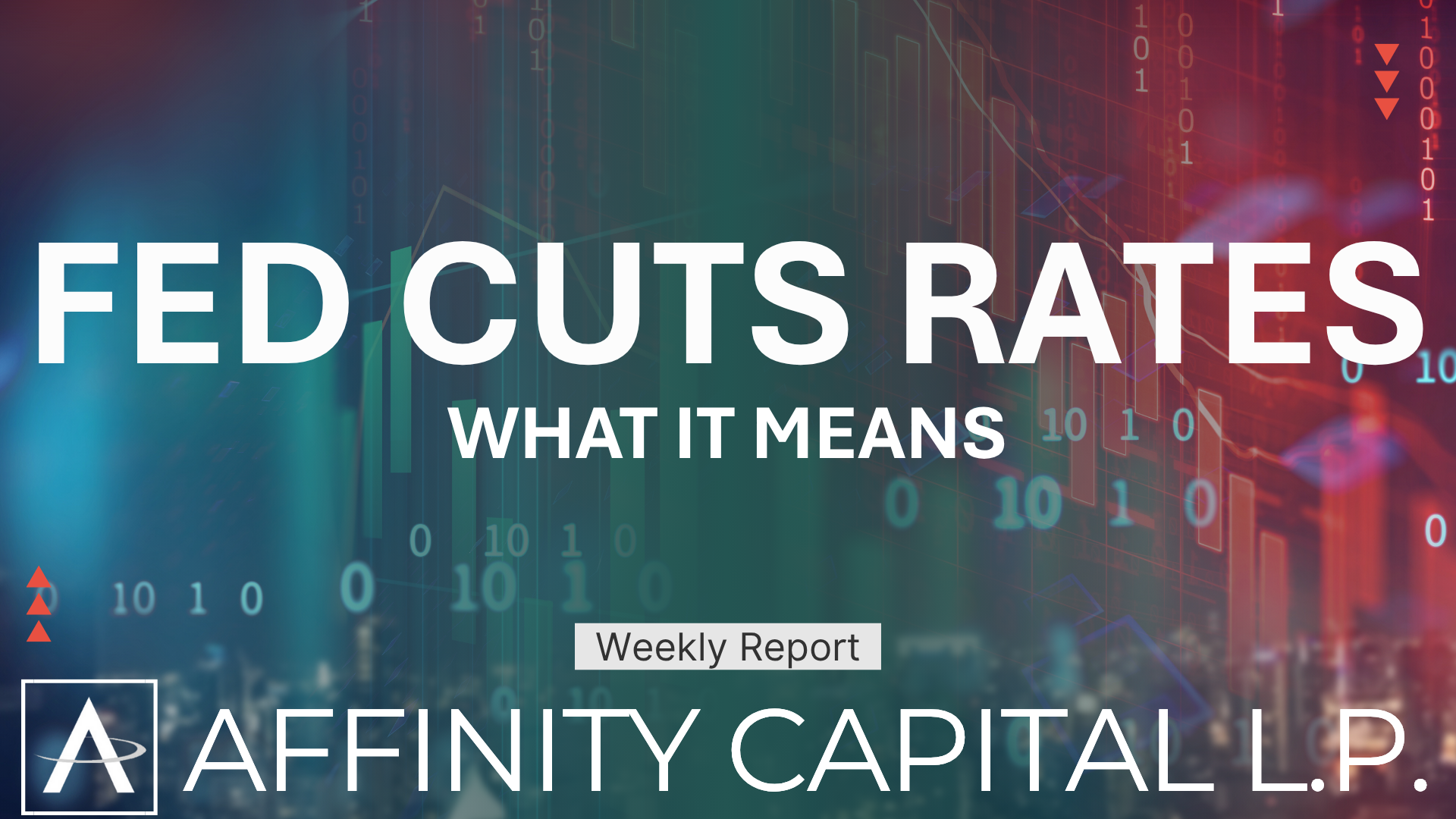Market Correction or Bear Market?

There is no gentle way to express it. The markets look quite ugly right now and it naturally begs the question: is it time to worry? Our answer today is No.
These are normal corrections within a rising market. Now, this obviously will cause concern that a correction may turn into a bear market. We will continue to evaluate the market and economic measures to best position our portfolios going forward.
Corrections are very normal and very necessary for our markets. Remember, the markets were at historic, all-time highs just months ago. Unfortunately, they do not go straight up. As mentioned in past comments, the markets will move two steps forward and one step back and sometimes four steps forward and two steps back. The current long-term market trend remains intact.
A market correction is defined as a drop in value between 10% & 20% and a bear market is greater than 20%.
This is how far the major indexes are from their recent highs:
- The Nasdaq Composite is up by 13.7%.
- The S&P 500 is down 8.7%.
- The Dow Jones Industrial Average is up by 6.3%.
Notable Market Events Over the Years
Keep in mind that with all these market events, we are still coming off historic market highs just this year!
2022: Worst year since 2008 Financial Crisis: S&P 500 down almost 20%, Nasdaq down over 32%
2020: Coronavirus Crash: Dow lost 37% between February and March but eventually recovered to post a positive year.
2018: Worst year for market to that point since 2008
2016: Worst start to year in history but rebounded with a gain
2015: Markets lost all their gains for the year in August (-11%) and finished the year generally flat.
2010: “Flash Crash:” Dow loses 9% in one day, hits 7 month low but rebounded with a gain for the year.
2008: Financial Crisis: Dow loses 34% for the year
We have recovered from each of these situations and, with the expanding use of technology and algorithms driving the markets, these big rallies and sell-offs are becoming much more normal.
What is driving the markets right now?
The Federal Reserve has been raising interest rates for the past two years to slow down our economy and reduce inflation. Now that the economy is showing signs of slowing, there is fear of recession.
The “big seven” tech stocks that have been driving the markets all year have pulled back after huge gains. This has created a normal rotation out of tech stocks; however, we continue to believe technology stocks will continue to power the markets and our economy for years to come.
The uncertainty of the election is challenging for the markets as it is for all election cycles.
The situation in the middle east appears to be on the brink of escalation. The political and economic ramifications are weighing heavily on the markets.
As always, please do not hesitate to reach out to discuss the markets and your portfolios.



